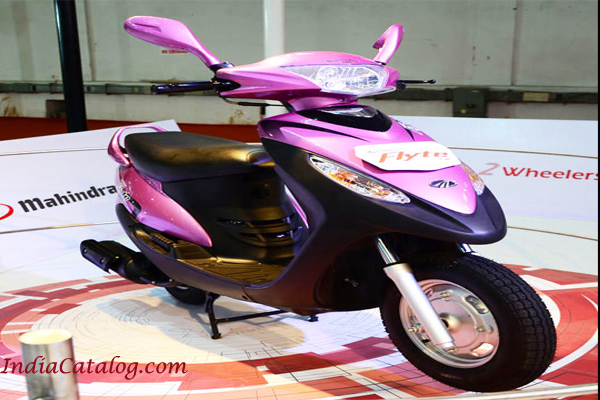EV major Ola Electric lays off over 1,000 employees amid mounting losses
.webp)
Ola Electric Mobility Ltd, led by Bhavish Aggarwal, is laying off more than 1,000 employees and contract workers in an effort to curb rising losses, according to a Bloomberg report. The job cuts affect multiple departments, including procurement, fulfilment, customer relations, and charging infrastructure, as the electric two-wheeler (2W) maker undergoes a major restructuring.
This marks the company’s second round of job cuts in less than five months. In November 2024, Ola Electric laid off around 500 employees, and the latest round of dismissals accounts for over a quarter of its reported 4,000-strong workforce as of March 2024. However, this figure does not include contract workers, who are not accounted for in the company’s official disclosures.
A company spokesperson confirmed the restructuring to Bloomberg, stating that Ola had “automated front-end operations to improve margins, reduce costs, and enhance customer experience while eliminating redundant roles for better productivity.” However, they did not specify the number of employees affected.
Ola Electric’s finances and market position
The layoffs come as SoftBank-backed Ola Electric grapples with multiple challenges. The company’s net loss widened to Rs 564 crore in the December 2024 quarter, up from Rs 376 crore in the same period the previous year.
Shares of Ola Electric have fallen more than 60 per cent since their peak following its stock market debut in August 2024. The company has also faced growing competition, slipping from its position as India’s top electric scooter seller. Government data from December 2024 showed that Bajaj Auto Ltd had overtaken Ola Electric as the market leader, with TVS Motor Co also surpassing it.
Despite these setbacks, Ola Electric maintains it remains a leading player. In February 2025, the company reported sales of over 25,000 units, securing a 28 per cent market share. However, this is well below the 50,000-unit monthly sales target that Aggarwal had set to achieve breakeven in earnings before interest, tax, depreciation, and amortisation (Ebitda).
Operational changes and customer care
As part of its restructuring, Ola is automating parts of its customer relations operations and revamping logistics and delivery strategies to cut costs. Employees in sales, service, and warehouse roles at its showrooms and service centres are also being laid off.
In December 2024, Ola Electric expanded aggressively, launching 3,200 retail outlets across the country to address service and accessibility concerns. This move followed a surge in customer complaints over product quality and service issues. Some reports suggest that Ola Electric received as many as 80,000 complaints per month.
The company has also struggled with supply chain disruptions. Earlier this year, it warned investors that vehicle registrations in February 2025 would be affected as it renegotiated contracts with two major vendors to cut costs and improve efficiency.
Ola Electric’s battery manufacturing bet
Ola Electric, which launched its first electric scooter in 2021, has yet to turn a profit. However, it is banking on in-house battery cell manufacturing to improve margins and achieve profitability in the long run.
Despite these ambitions, Ola Electric faces stiff competition from established automakers such as Bajaj Auto and TVS Motor, which have introduced competitively priced models against Ola’s scooters.

.webp)
.webp)
.webp)
.webp)
.webp)
.webp)
.webp)
.webp)
.webp)
.webp)













